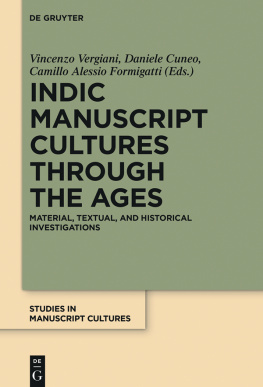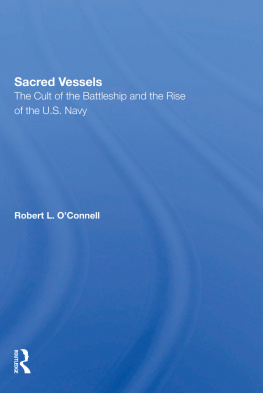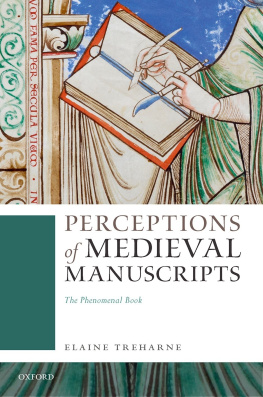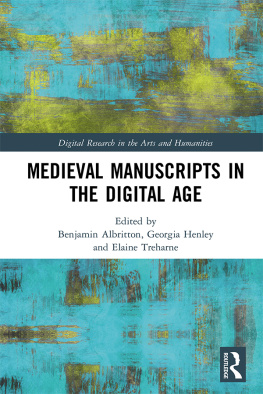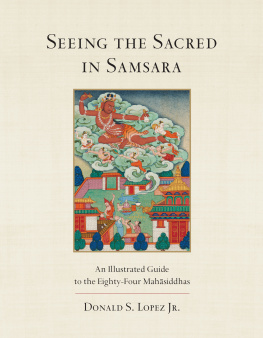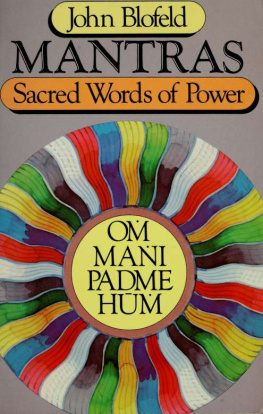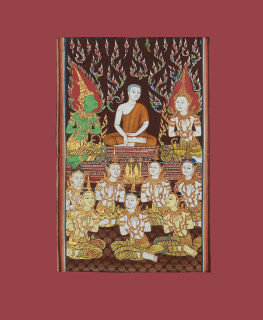Publication of this book has been aided by a grant from the Millard Meiss Publication Fund of the College Art Association.
MM
RECEPTACLE OF THE SACRED
SOUTH ASIA ACROSS THE DISCIPLINES
Edited by Dipesh Chakrabarty, Sheldon Pollock, and Sanjay Subrahmanyam
South Asia Across the Disciplines is a series devoted to publishing first books across a wide range of South Asian studies, including art history, philology or textual studies, philosophy, religion, and interpretive social sciences. Contributors all share the goal of opening up new archives, especially in South Asian languages, and suggesting new methods and approaches, while demonstrating that South Asian scholarship can be at once deep in expertise and broad in appeal.
Funded by a grant from the Andrew W. Mellon Foundation and jointly published by the University of California Press, the University of Chicago Press, and Columbia University Press. Read more about the series at http://www.saacrossdisciplines.org.
Extreme Poetry: The South Asian Movement of Simultaneous Narration , by Yigal Bronner (Columbia University Press, 2010)
The Social Space of Language: Vernacular Culture in British Colonial Punjab , by Farina Mir (University of California Press, 2010)
Unifying Hinduism: Philosophy and Identity in Indian Intellectual History , by Andrew J. Nicholson (Columbia University Press, 2010)
Secularizing Islamists?: Jamaat-e-Islami and Jama at-ud-Dawa in Urban Pakistan , by Humeira Iqtidar (University of Chicago Press, 2011)
Islam Translated: Literature, Conversion, and the Arabic Cosmopolis of South and Southeast Asia , by Ronit Ricci (University of Chicago Press, 2011)
Conjugations: Marriage and Form in New Bollywood Cinema , by Sangita Gopal (University of Chicago Press, 2011)
The Powerful Ephemeral: Everyday Healing in an Ambiguously Islamic Place , by Carla Bellamy (University of California Press, 2011)
Receptacle of the Sacred: Illustrated Manuscripts and the Buddhist Book Cult in South Asia , by Jinah Kim (University of California Press, 2013)
RECEPTACLE OF THE SACRED
Illustrated Manuscripts
and the Buddhist Book Cult in South Asia
Jinah Kim

UNIVERSITY OF CALIFORNIA PRESS BerkeleyLos AngelesLondon
University of California Press, one of the most distinguished university presses in the United States, enriches lives around the world by advancing scholarship in the humanities, social sciences, and natural sciences. Its activities are supported by the UC Press Foundation and by philanthropic contributions from individuals and institutions. For more information, visit www.ucpress.edu.
South Asia Across the Displines
University of California Press
Berkeley and Los Angeles, California
University of California Press, Ltd.
London, England
2013 by The Regents of the University of California
Library of Congress Cataloging-in-Publication Data
Kim, Jinah, 1976
Receptacle of the sacred : illustrated manuscripts and the Buddhist book cult in South Asia / Jinah Kim.
pages cm. (South Asia across the disciplines)
Includes bibliographical references and index.
ISBN 978-0-520-27386-3 (cloth : alk. paper)
eISBN 9780520954885
1. Buddhist illumination of books and manuscriptsSouth AsiaHistory. 2. BooksReligious aspectsBuddhism. 3. Manuscripts, SanskritSouth AsiaHistory. 4. BuddhismSouth AsiaRitualsHistory. I. Title.
ND 3246. K 56 2013
745.6708829430954dc232012027299
Manufactured in the United States
22 21 20 19 18 17 16 15 14 13
10 9 8 7 6 5 4 3 2 1
The paper used in this publication meets the minimum requirements of ANSI / NISO Z 39.48-1992 ( R 2002) ( Permanence of Paper ). 
To my parents, Drs. Kim, Seongsoo & Kim, Jeong-guk

CONTENTS
ACKNOWLEDGMENTS
On one sunny afternoon on Berkeley campus more than eleven years ago, I sat down with my advisor and mentor Joanna Williams on a bench outside the Kroeber Hall, asking a question about the lecture she just gave. In her erudite lecture, Joanna showed the class a number of images of Indian Buddhist manuscript paintings, many of which I saw for the first time, and mentioned that some images are placed in reverse direction to the text. This perplexing, paradoxical phenomenon of unrelated nature of the text and images in Buddhist manuscripts was enough to hook me to delve further into the world of illustrated Buddhist manuscripts. It is hard to believe that I spent more than ten years working on illustrated manuscripts and the Buddhist book cult, but it is equally hard to believe that the book is done.
From this quotidian beginning, Joanna has been a great mentor and an enthusiastic supporter of my project. I thank her for her wisdom and warm support throughout my graduate years and beyond. I was fortunate to have another great mentor, Patricia Berger, and I thank Pat for her continuous encouragement and insights. I thank Alexander von Rospatt, also at Berkeley, who has provided much needed guidance and resources for this project in its initial stage. Perhaps due not to my own merit but to the merit of the project, I have met many scholars of great wisdom and erudition whose research and intellectual rigor have improved my understanding of the material at hand. I thank Gregory Schopen for always inspiring me to look and think beyond the obvious with wit and rigor. I also thank Rob Linrothe for his scholarship on Esoteric Buddhist iconography and for answering my endless questions and queries. I am grateful to Christian Luczanits, who has been extremely patient and generous with resources. My understanding of the Pla manuscripts owes much to Janice Leoshkos rigorous studies of the Pla material. My initial introduction to the field of Indian Buddhist art owes much to Juhyung Rhi, who remains a great mentor. I am grateful for the generous help I got from Phyllis Granoff, Tamara Sears, and Andrew Quintman in solving various problems this book posed to me. Further away from home, Gerd Mevissen, Eva Allinger, and Jorrit Britschgi have been generous with their time and resources, and I thank them sincerely.
Much writing for this book was done at the Institute for Advanced Study in Princeton, where I held a Mellon fellowship for assistant professors during 20092010. The Institute provided a perfect environment for writing this book, and I am most grateful for their generous support. I thank the staff members of the School of Historical Studies for their kind help with my book, in particular, Marian Zelazny, Terrie Bramley, and Maria Mercedes Tuya. Ive benefited greatly from participating in various seminars and colloquia of the School of Historical Studies, in particular, Art History seminar run by Yve Alain-Bois, East Asian Studies seminar run by Nichola di Cosmo, and the Medieval Table run by Caroline Bynum. I thank all the participants of these seminars for their insightful feedbacks and critical comments. Lauren Minsky became a good friend and provided much moral and intellectual support throughout the writing of this book. While at the Institute, I was also fortunate to meet Sarah Fraser, whose continuous encouragement and wise advice have kept me focused on this book.
I continued to write this book while on full-time faculty duty at Vanderbilt University. The kind support of my former colleagues and friends in the History of Art department at Vanderbilt has been invaluable in finishing this manuscript. I thank James Bloom, Vivien Fryd, Leonard Folgarait, Christopher Jones, Tracy Miller, Betsey Robinson, Anne Hill, and all the members of that fine department for the cheers and encouragements that they have given me over the years. Tracy has been a great guide for many knotty corners that I had to navigate in writing this book, and talking with Betsey about our respective books over sushi dinners made the process more enjoyable. In Nashville, I was fortunate to make great friends whose emotional and moral support helped me write this book. I thank Lisa and Mickey Julien, Miss Ann Lee, Miss Shirley, Miss Betsy, and Katarina Tsai. I can still hear Lisa and Miss Ann, albeit not knowing each other, always asking me the same question, Where is your book? I am glad that I can finally tell them here it is. Also in Nashville, Shubhra Sharma became a close friend, and her cheers and moral support have been indispensable in working on this book.
Next page

